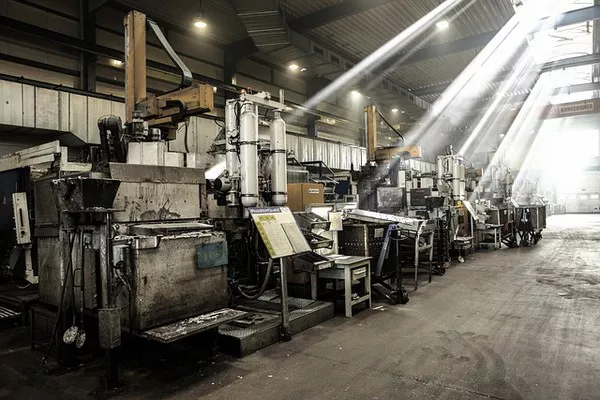The latest report on consumer prices for October suggests that inflation in the United States may be on a path back toward pre-pandemic levels, potentially alleviating the need for further interest rate hikes by the Federal Reserve. The Labor Department’s data revealed a general easing of inflation across various goods and services, with prices stabilizing and even declining in some areas.
October marked the first time in over a year that consumer prices did not rise from the previous month. The year-over-year increase in prices was 3.2% in October, a slight reduction from previous months but still above the Federal Reserve’s 2% inflation target. Excluding volatile food and energy prices, core inflation was just 0.2% last month, slightly below the pace of the previous two months. On a year-over-year basis, core prices rose 4% in October, down from 4.1% in September, the smallest rise in two years.
The report suggests a potential shift in the inflationary landscape, leading many economists to believe that the Federal Reserve’s next move might be a rate cut, likely in the coming year, contingent on the continued cooling of inflation.
Key factors contributing to lower inflation include a significant improvement in the supply of labor, housing, and manufactured goods components. Increased workforce participation, immigration, and the completion of a large number of new apartment buildings are helping to stabilize rent increases. Additionally, improved supply chains have eased the availability of products, parts, and components, contributing to the moderation of prices.
Despite the overall signs of cooling inflation, certain areas still experience higher costs, such as auto and health insurance and some groceries. Auto insurance costs have surged nearly 20% from a year earlier, while health insurance prices rose 1.1% last month.
While the Federal Reserve has raised interest rates 11 times in the past year and a half, bringing the benchmark rate to about 5.4%, recent data suggesting a slowdown in hiring and wage growth may influence the central bank’s decision on future rate changes. Some economists now predict that the Fed’s most likely next move will be a rate cut, potentially by mid-2024, as part of efforts to achieve a “soft landing” and curb inflation without causing a deep recession.

